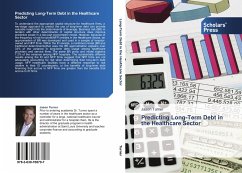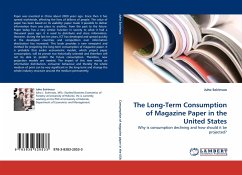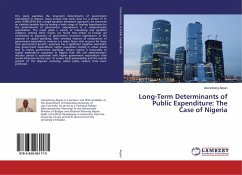To understand the appropriate capital structure for healthcare firms, a two-stage approach to predict the use of long-term debt can provide valuable insight into the determinants of leverage. Business risk (BR) in tandem with other determinants of capital structure does improve predictive power in a two-part econometric model. However, because of the frequency of not-for-profit(NFP) entities in the Healthcare Sector, an approximation of BR was developed and used in a sample of investor-owned and NFP firms. Within the IO sample, a combined model (BR and traditional determinants)that uses the BR approximation explains over 33% of the variance in long-term debt usage among healthcare providers and service firms. The same BR proxy and model explains 7.2% of the variance among NFP hospitals. The substantially different results among the IO and NFP firms suggest that NFP firms are not adequately accounting for risk when determining their long-term debt usage, NFP healthcare facilities have a different response to risk relative to their IO counterparts, or the benefits of long-term debt financing that accrue to NFP firms are greater than the benefits that accrue to IO firms.
Bitte wählen Sie Ihr Anliegen aus.
Rechnungen
Retourenschein anfordern
Bestellstatus
Storno








